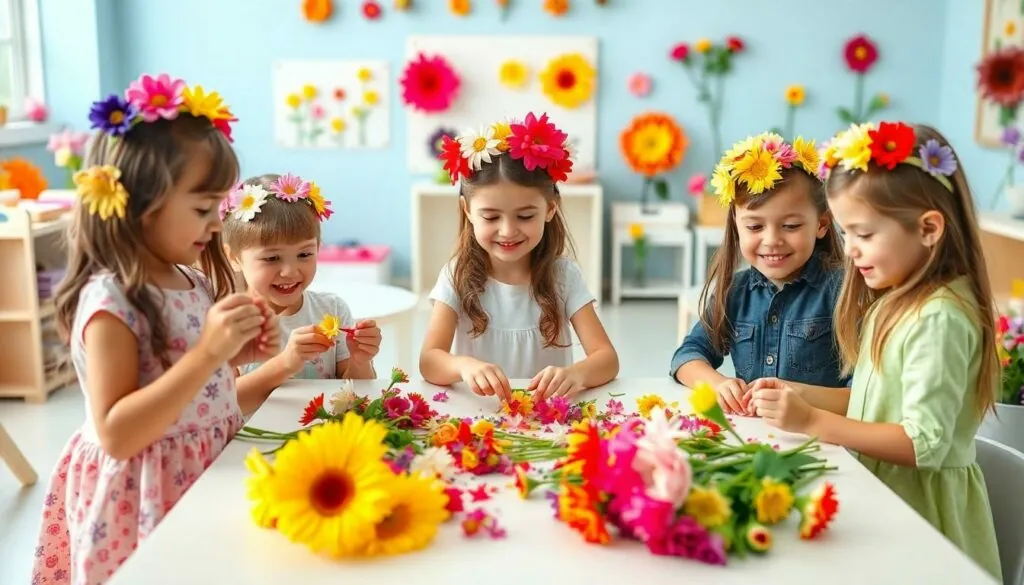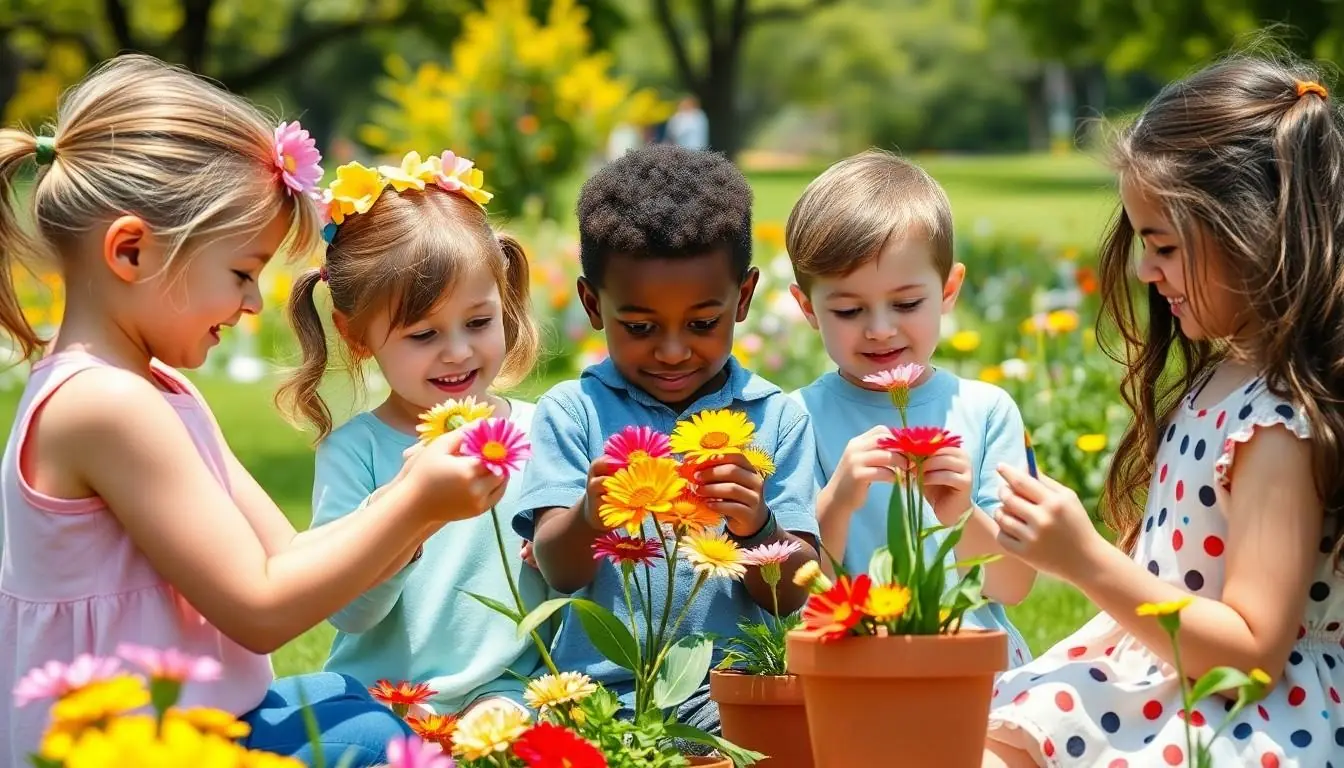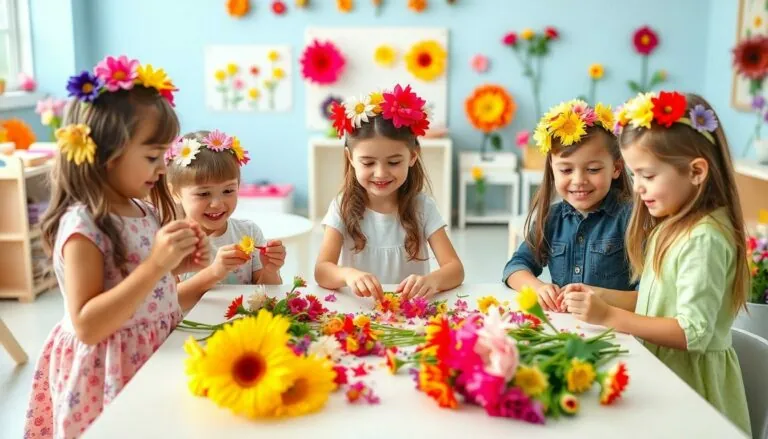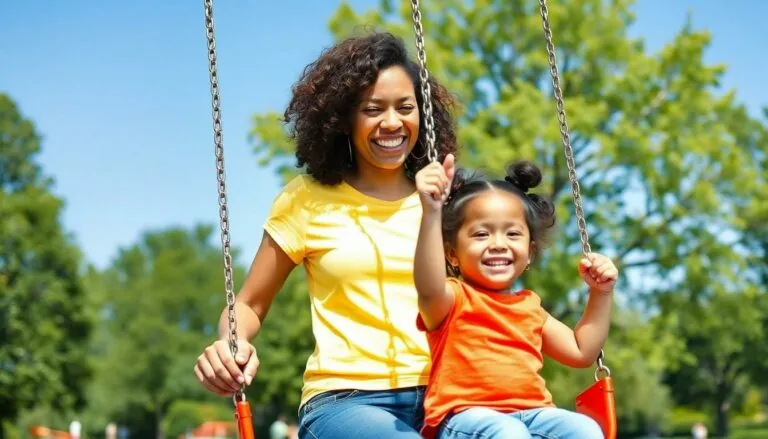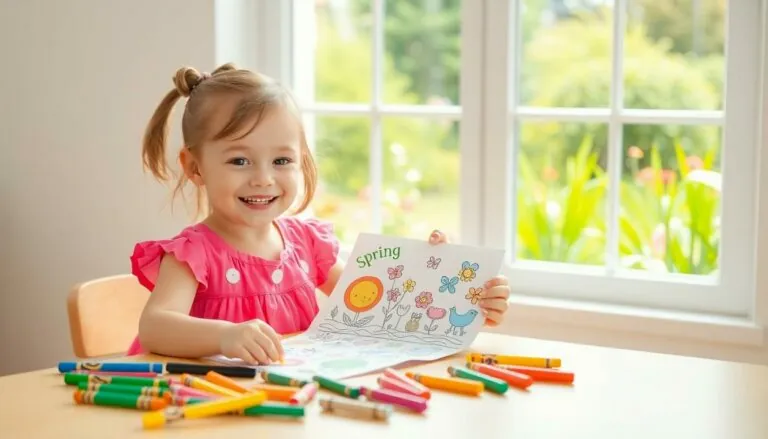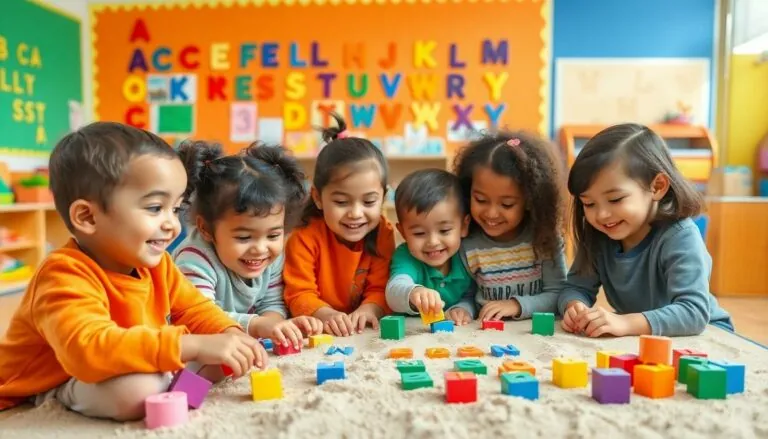Table of Contents
ToggleWhen it comes to engaging preschoolers, nothing beats the magic of flowers. These colorful blooms not only brighten up any room but also serve as the perfect backdrop for fun, educational activities. Imagine tiny hands crafting flower crowns or exploring the world of colors and shapes through nature’s finest creations. It’s like bringing a mini botanical garden right into the classroom!
Importance Of Flower Activities For Preschoolers
Flower activities play a crucial role in the development of preschoolers. Engaging with flowers stimulates children’s senses and promotes exploration. Bright colors and various shapes capture attention, making learning enjoyable. These activities enhance fine motor skills through tasks like arranging petals or crafting flower-inspired art.
Interacting with flowers also fosters emotional awareness. Children learn to appreciate nature, which encourages respect for the environment. Observing the life cycle of flowers introduces concepts such as growth, change, and responsibility. Such insights are vital for cognitive development.
In addition, flower activities promote social skills. Preschoolers often work together to create projects or conduct group discussions about their findings. Teamwork not only builds communication skills but also enhances problem-solving abilities.
Incorporating flowers into lessons strengthens curricular connections. Science lessons can focus on botany, while art classes can explore color theory with flower palettes. Language development occurs through discussions about the parts of flowers and their functions.
Educational benefits extend beyond subject matter. Active participation in flower activities boosts concentration and fosters a positive attitude towards learning. Engaging children in hands-on experiences enhances retention and inspires curiosity.
Overall, the significance of flower activities in preschool settings lies in their multifaceted benefits. They support sensory development, social interaction, and cognitive growth. By using flowers, educators can create dynamic learning environments that resonate with young learners.
Types Of Flower Activities
Flower activities encompass a variety of engaging tasks that help preschoolers develop skills while discovering the beauty of nature.
Craft Activities
Craft activities promote creativity and fine motor skills. Preschoolers can create flower crowns using paper, fabric, or real flowers. Tearing and cutting materials enhances dexterity. Painting flower pots enables them to express artistic flair. Collecting leaves for flower collages fosters a deeper connection to nature. These projects encourage imaginative play while stimulating hand-eye coordination.
Sensory Activities
Sensory activities engage children’s senses while exploring flowers. Smelling fragrant blooms introduces different scents. Touching petals and leaves teaches texture differences. Water play with flower petals offers a unique tactile experience. Sorting flower shapes and colors enhances cognitive skills. Listening to the sounds of nature creates a calming environment, promoting mindfulness and relaxation.
Educational Activities
Educational activities embed learning in fun experiences. Introducing flower anatomy teaches basic science concepts. Discussing the life cycle of plants fosters understanding of growth. Counting petals or leaves integrates basic math skills. Observing pollinators like bees enhances knowledge of ecosystems. These interactive lessons build vocabulary while connecting various subjects, making learning dynamic and enjoyable.
Benefits Of Flower Activities
Engaging preschoolers in flower activities yields numerous benefits for their development. These activities serve as meaningful pathways to enhance learning, creativity, and social skills.
Enhancing Creativity
Crafting with flowers sparks imagination and innovation in young minds. Arranging vibrant blooms inspires children to express themselves artistically. Creating flower crowns or painting pots further fosters individual creativity. Through these projects, preschoolers explore colors, shapes, and textures in a hands-on environment. Interaction with flowers encourages storytelling and unique expressions, making learning enjoyable and stimulating. Each creative venture enhances their ability to think outside the box.
Promoting Motor Skills
Flower activities provide excellent opportunities to develop fine motor skills. Preschoolers engage in specific tasks such as arranging petals or cutting flower shapes. Each small movement strengthens hand-eye coordination and dexterity. Sorting flowers by color or size builds both cognitive and physical abilities. Activities that involve planting seeds help children refine their grip and control. These skills form the foundation for later writing and crafting tasks, proving the value of incorporating nature into learning experiences.
Tips For Organizing Flower Activities
Planning flower activities for preschoolers involves strategic selection and safety awareness. Engaging children in hands-on experiences with flowers enriches their learning while ensuring a safe environment.
Selecting The Right Flowers
Choosing appropriate flowers enhances children’s experiences. Opt for non-toxic varieties like daisies and marigolds to ensure safety. Bright colors draw attention and stimulate interest. Familiar flowers let preschoolers feel more comfortable while exploring. Selecting seasonal blooms introduces kids to natural cycles. Always consider allergies and sensitivities when choosing types.
Safety Considerations
Safety remains a top priority during flower activities. Supervision is essential to guide children while they interact with flowers. Educators should provide information about plants to avoid any harmful varieties. Always encourage careful handling of flowers to prevent injuries. Washing hands after activities reduces the risk of allergic reactions. Additionally, setting clear rules helps maintain a safe environment.
Conclusion
Incorporating flower activities into preschool education offers a wealth of benefits that enrich children’s learning experiences. These activities not only stimulate creativity and enhance fine motor skills but also foster emotional growth and environmental awareness. By engaging with flowers, preschoolers develop essential social skills and cognitive abilities while enjoying the beauty of nature.
The strategic selection of flowers ensures safety and maximizes engagement, making these activities both enjoyable and educational. As educators and caregivers embrace these vibrant opportunities, they create dynamic environments that inspire curiosity and a love for learning. Ultimately, flower activities lay a strong foundation for preschoolers, nurturing their development in a holistic and joyful manner.

